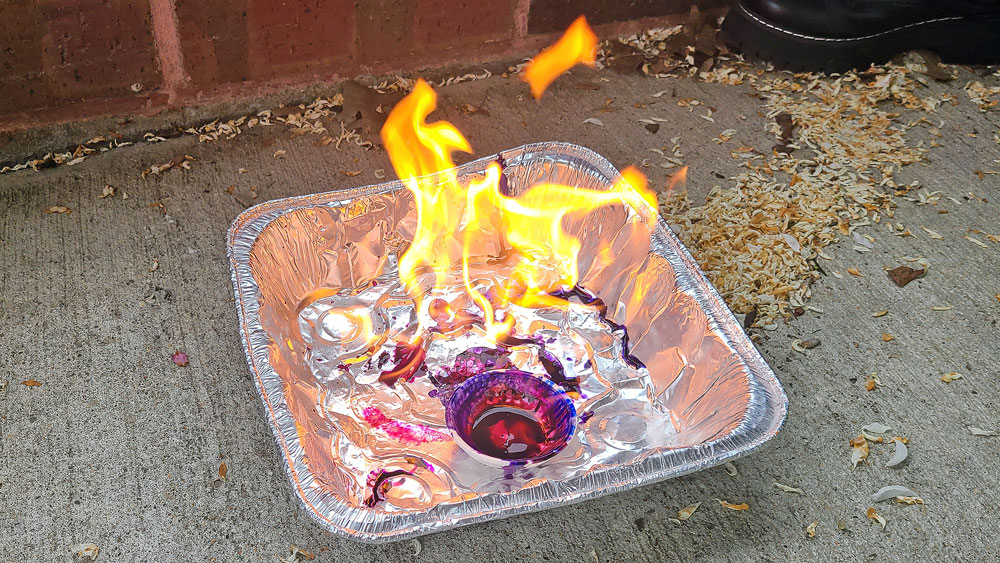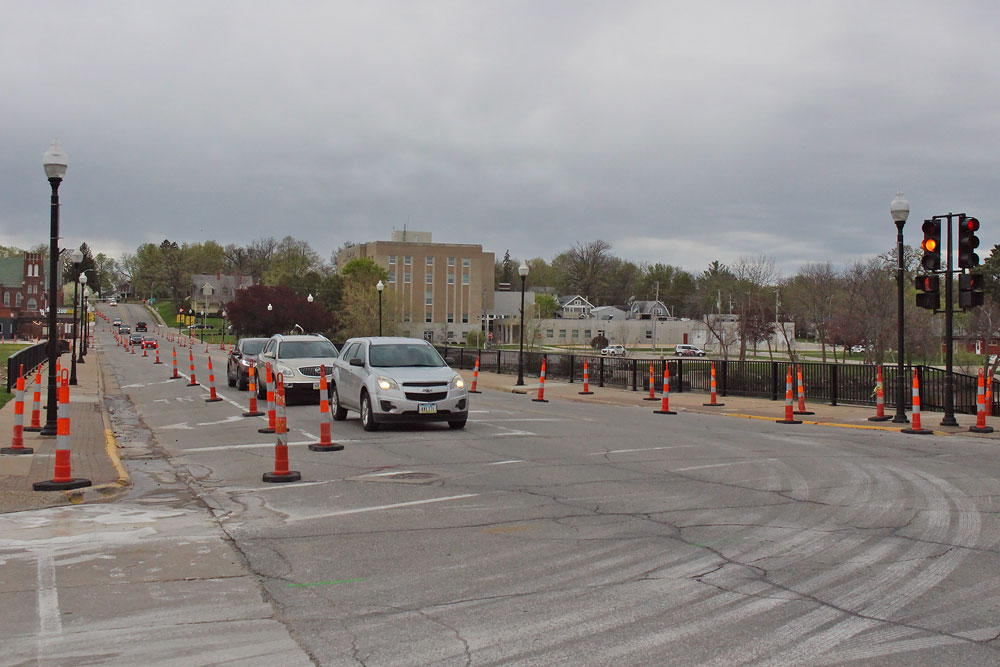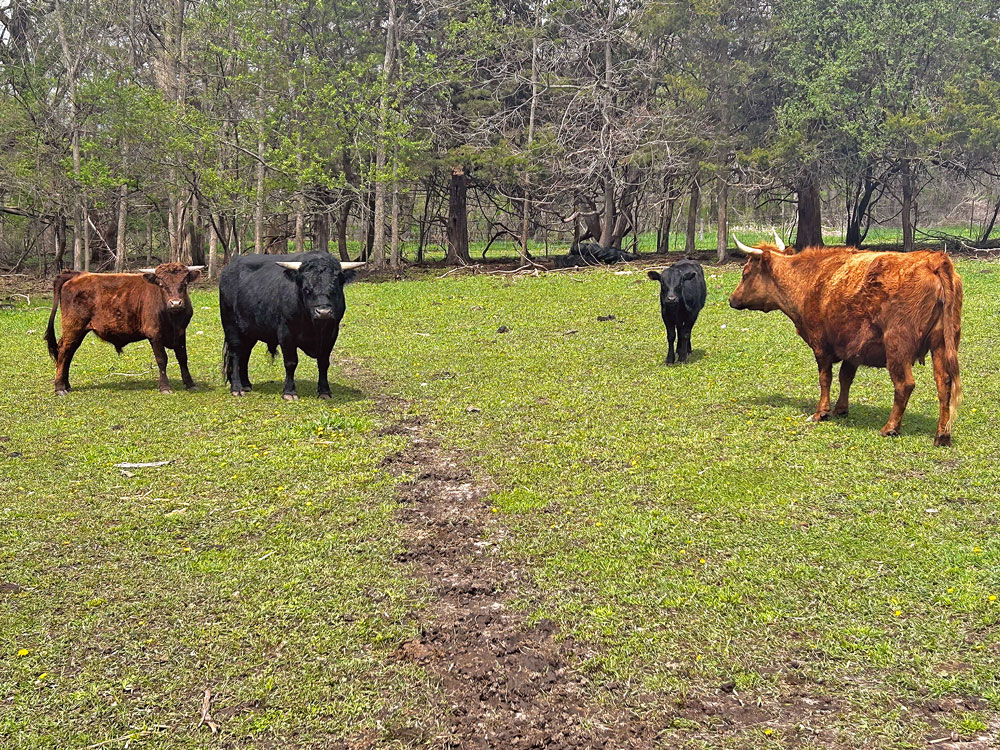WRRF proves its worth absorbing millions of gallons of river water

By Travis Fischer, tkfischer@charlescitypress.com
It was the catastrophe that didn’t happen.
At about 10:30 a.m. Tuesday, ice coming off the Cedar River sheered the top off of a problematically placed maintenance hole cover just west of the Charles City Water Resource Recovery Facility (WRRF). Stripping the cover off at the bolts, the sewer system was exposed to the rising water of the Cedar River.

“From that point on we were receiving all river water and that don’t stop,” said WRRF Superintendent Dan Rimrod.
On a normal day, the WRRF takes in about 1,300 gallons of water per minute from the city’s sanitary sewer system.
Over the 19 hours that the sewer system was exposed to the river, the facility took in an average of 6,000 gallons per minute, at one point reaching a high of 12,000 gallons per minute.
All-in-all, an estimated 10 million gallons of water flowed through the plant and into the equalizer basins before Rimrod and his team were able to patch the hole and start bringing things back to normal.
Just a few years ago that much water coming in that quickly would have overloaded the system, leaving unfortunate homeowners with sewer water in their basement while putting the city in hot water with the DNR.
“If we would have had the old plant, we wouldn’t have been able to keep up,” said Rimrod. “It would have backed up our wet well and flooded it.”
That didn’t happen thanks to the new WRRF that began construction in 2019, became operational in the fall of 2021 and was completed last year.
With two 200-horsepower pumps and a new equalization basin among the improvements in the $20 million project, the new facility did exactly what it was designed to do and took in the excess water until the problem could be resolved, Rimrod said.
“We’re close to being back to normal now,” he said.
Along with appreciating the WRRF, Rimrod also credits his team of operators for their work in keeping the plant running smoothly in the wake of a flood of problems.
“It was a matter of everybody here,” said Rimrod. “They know their job and they did it well.”









Social Share